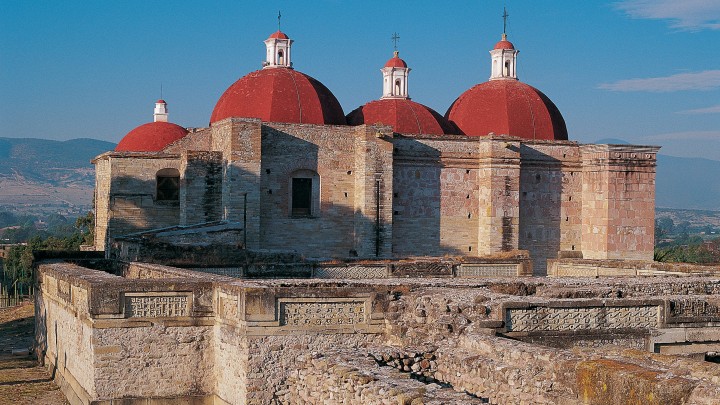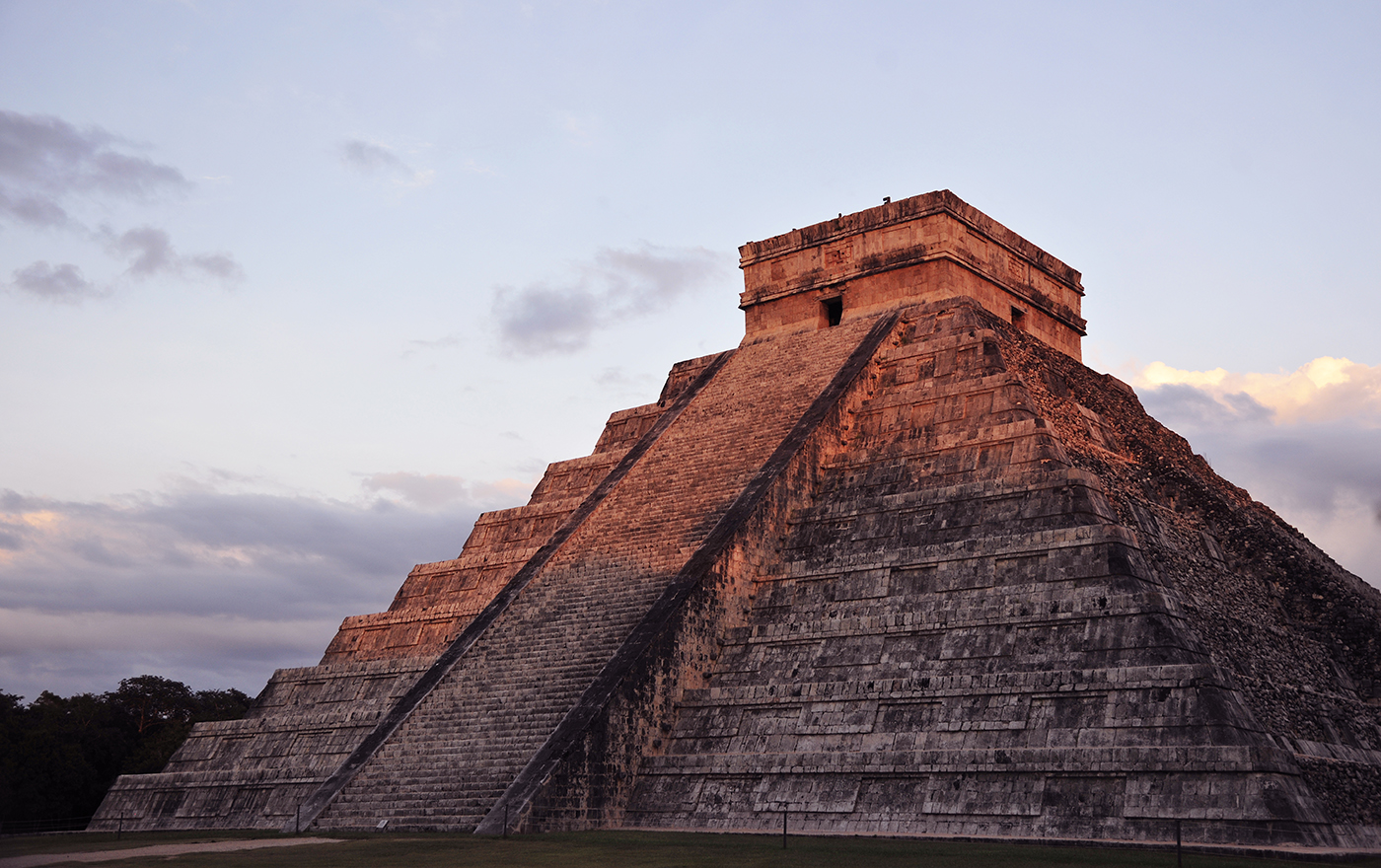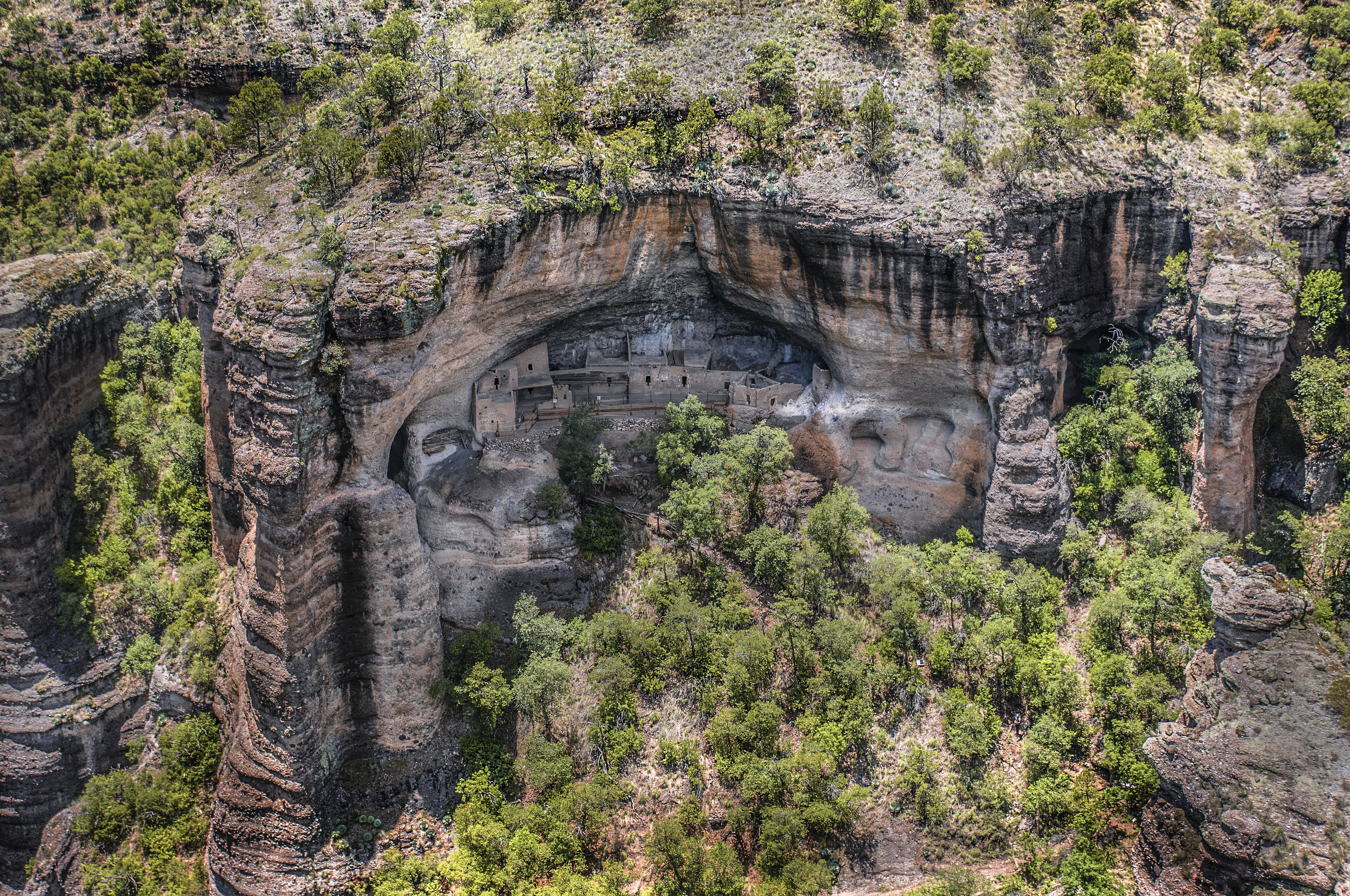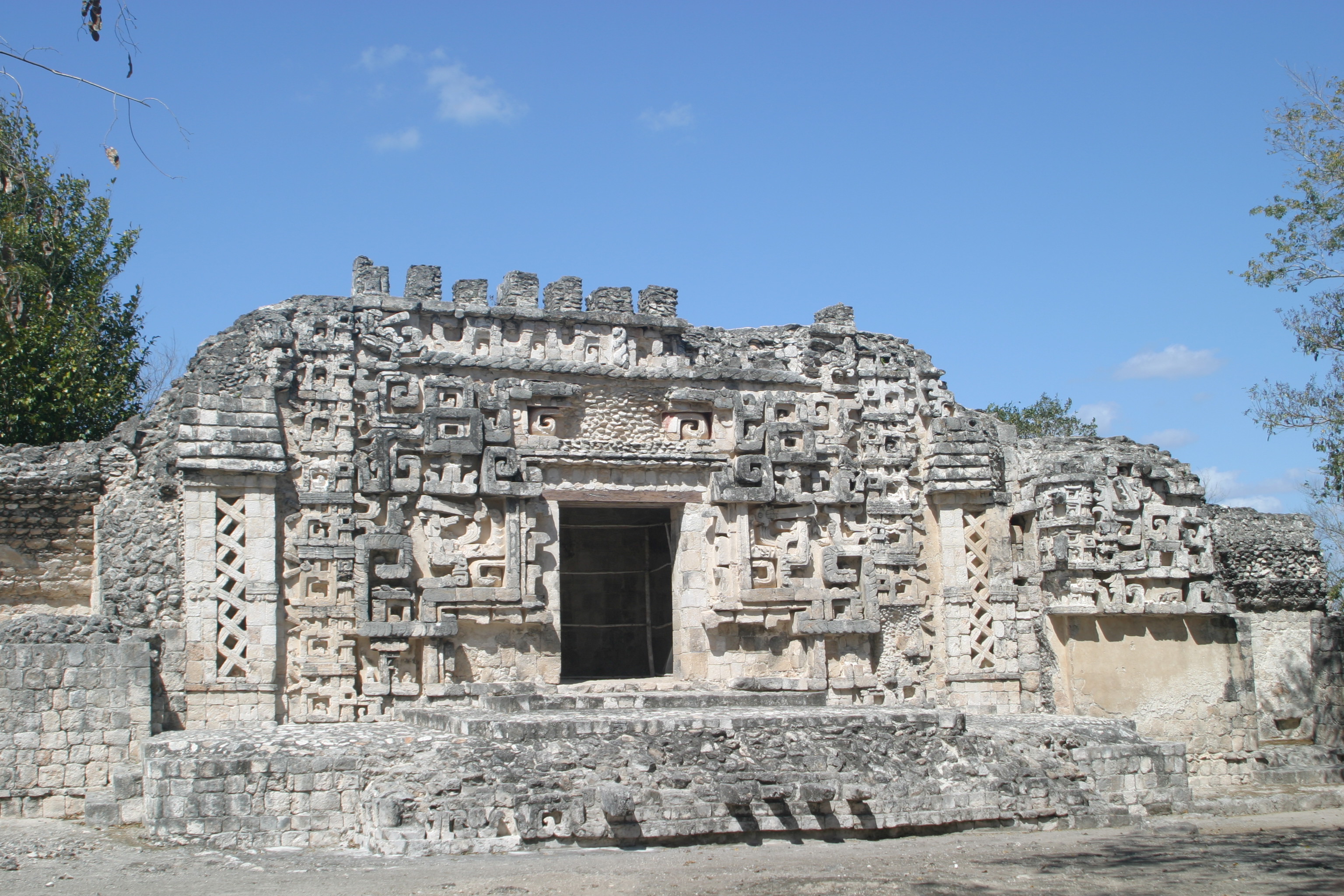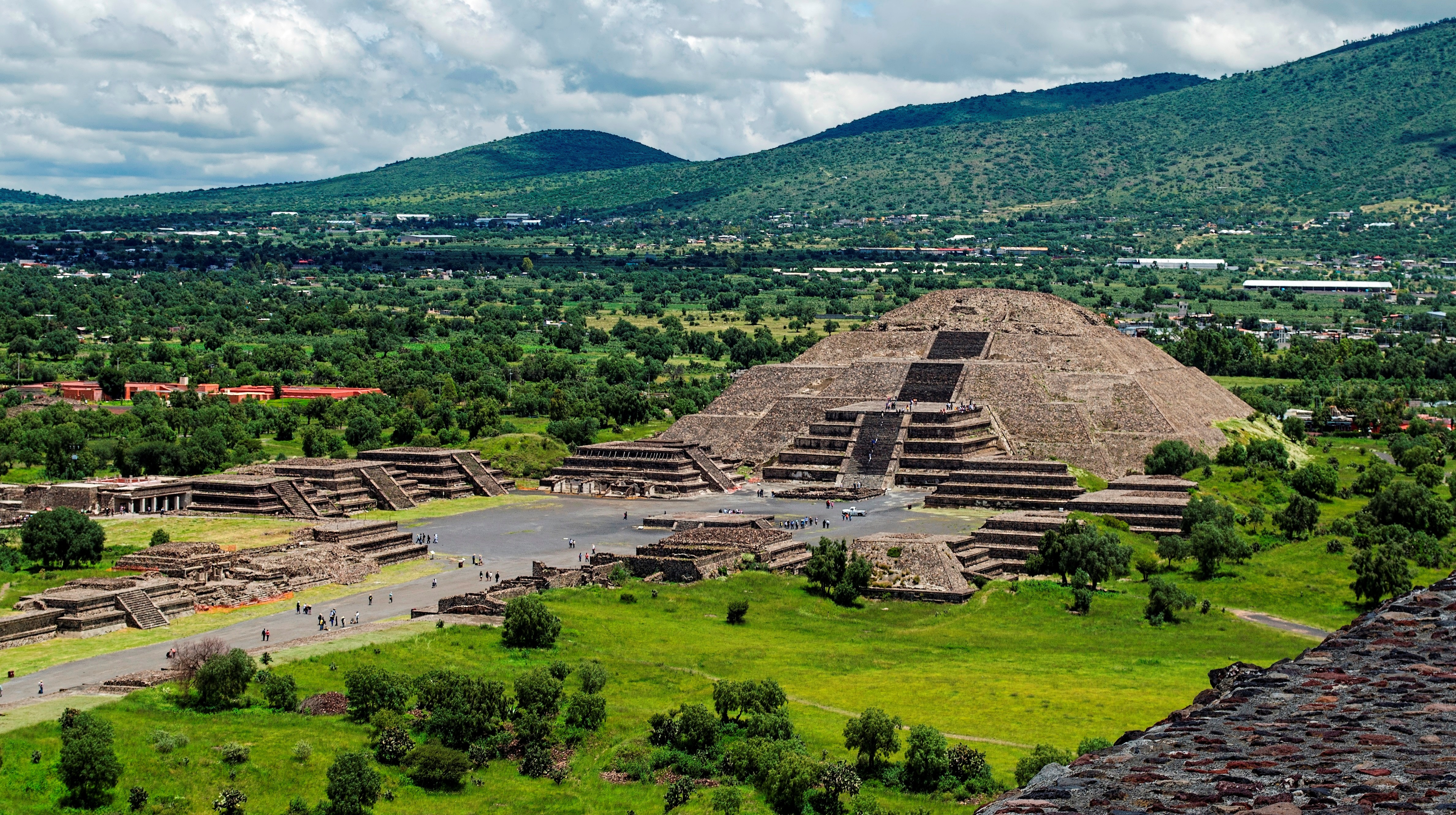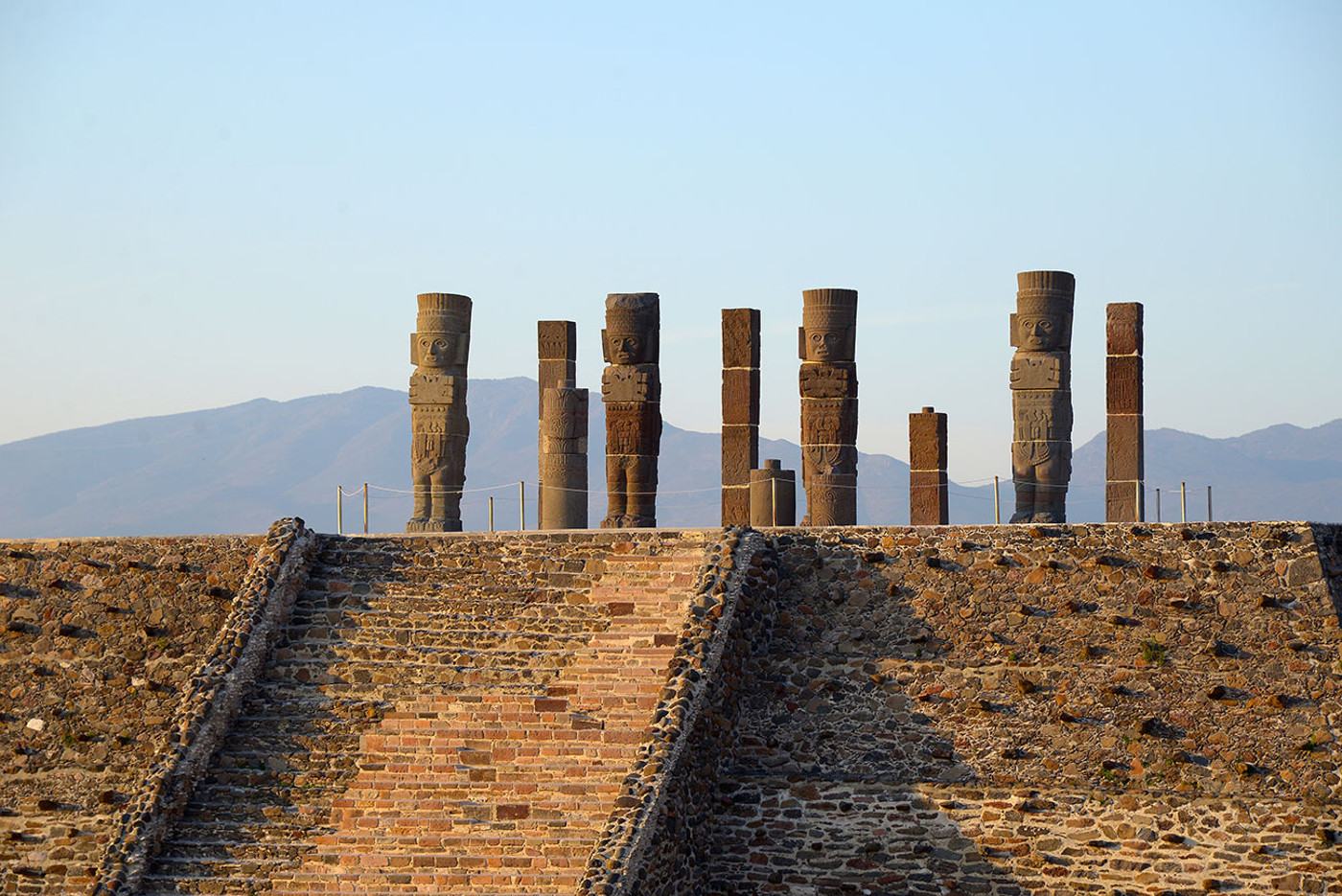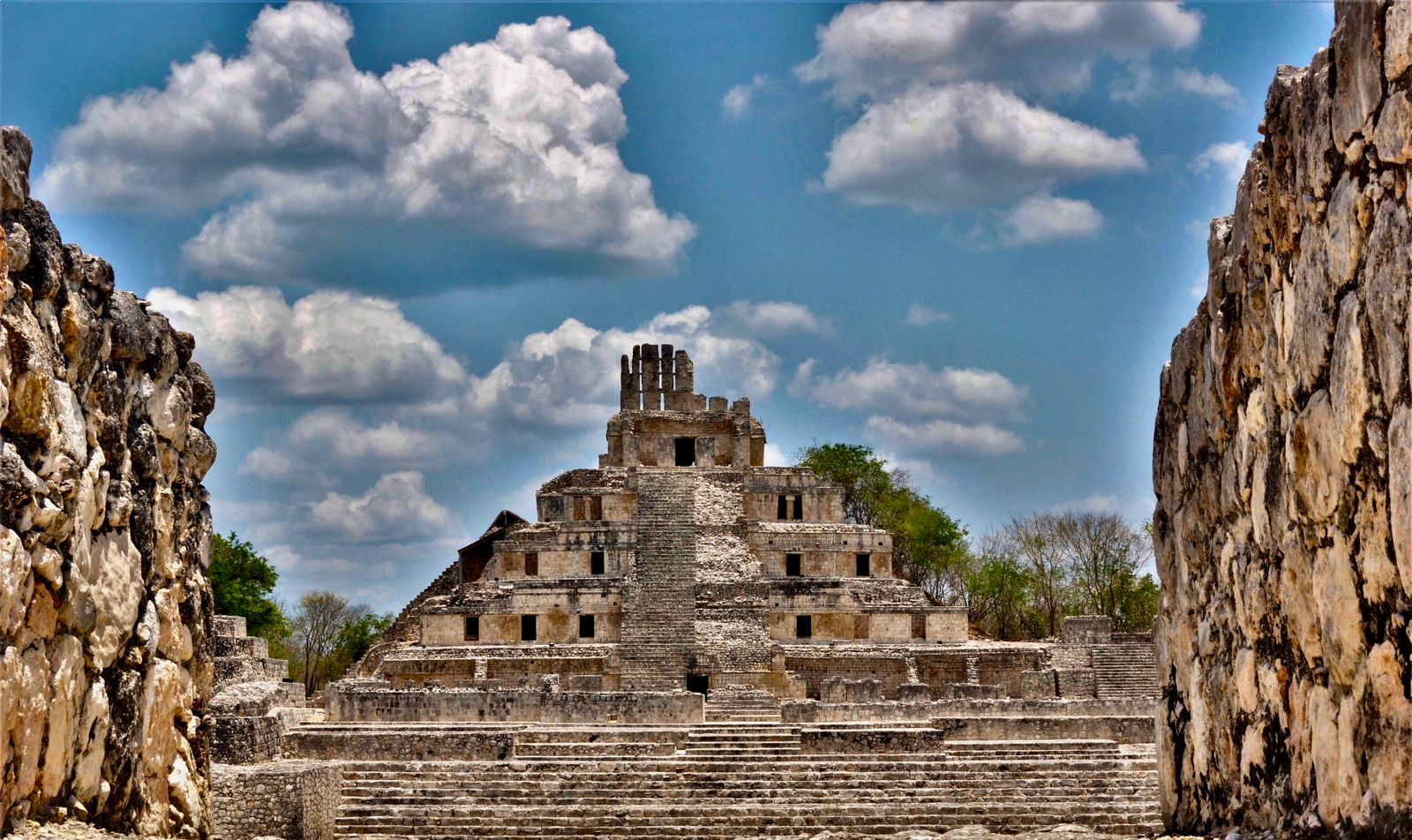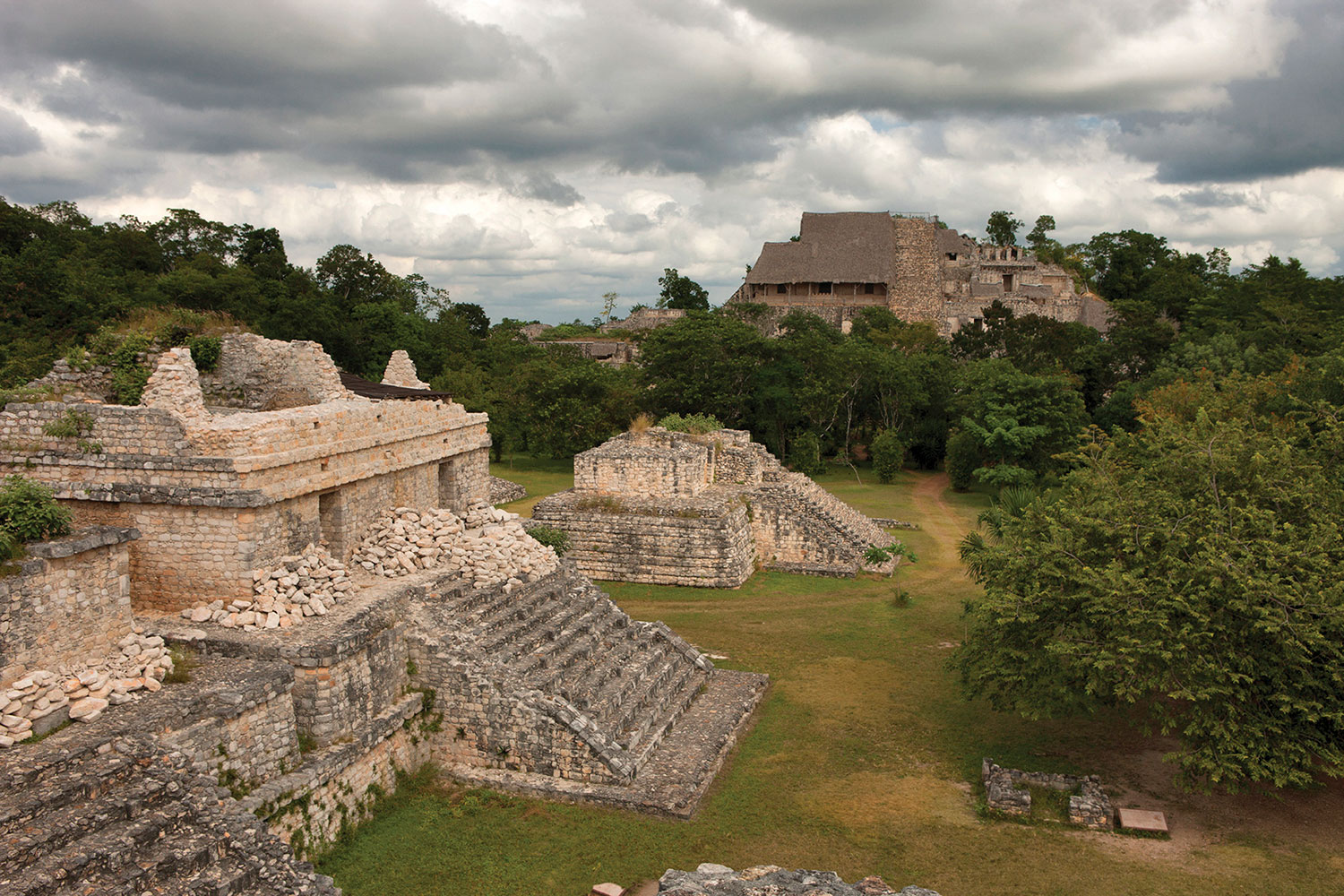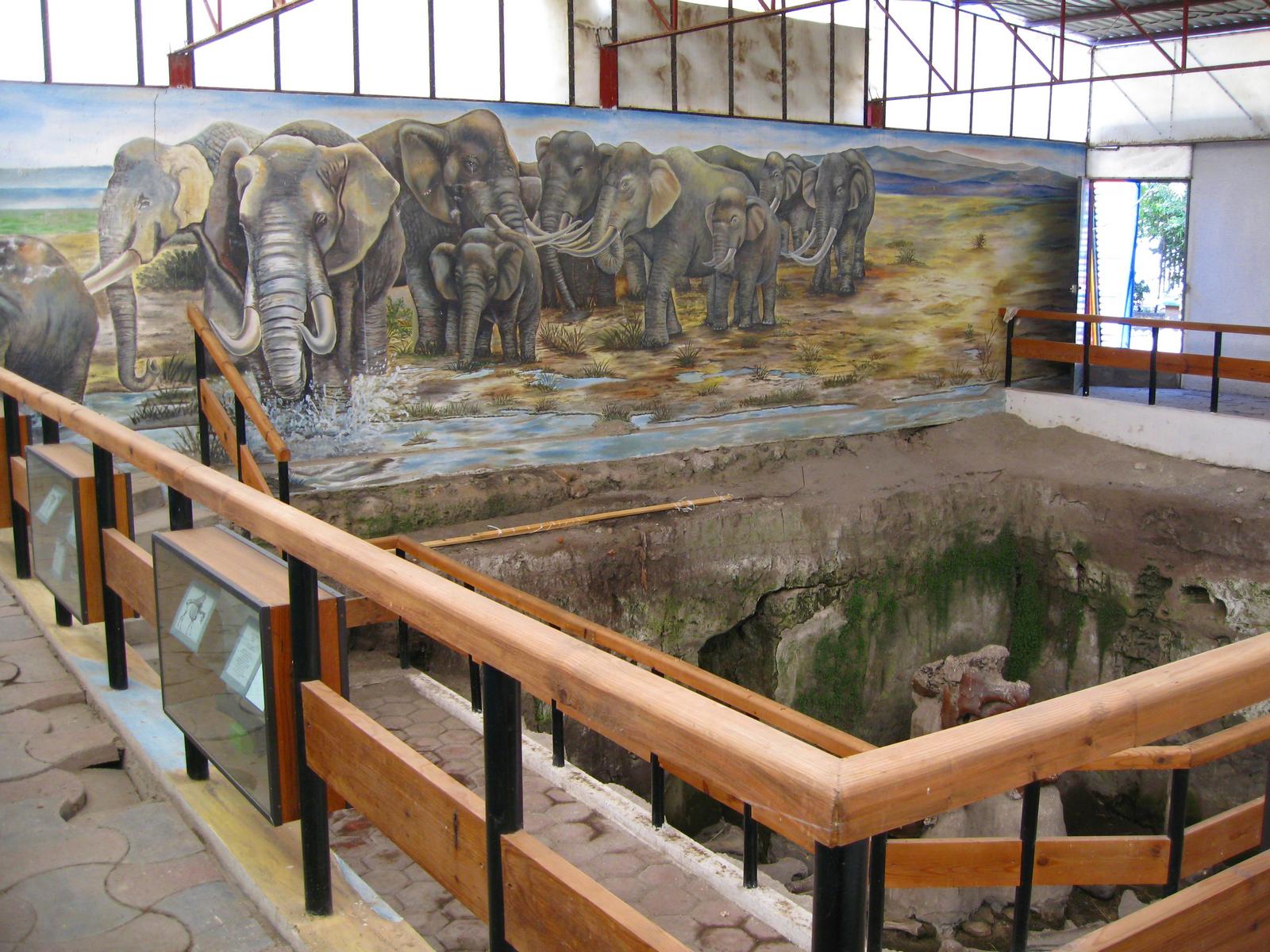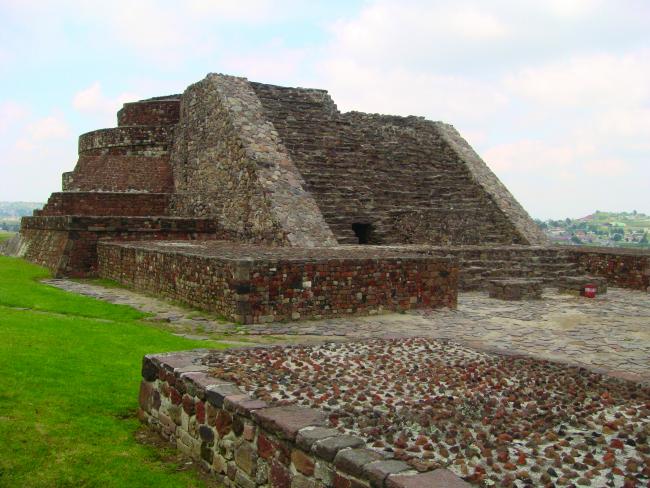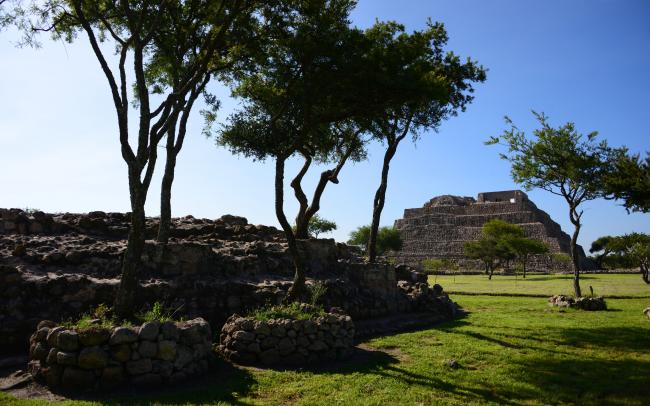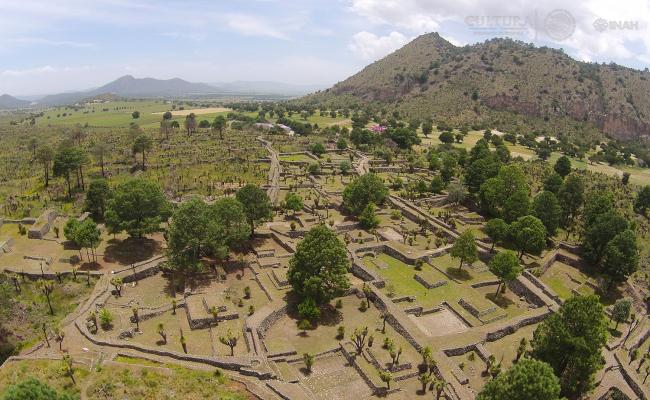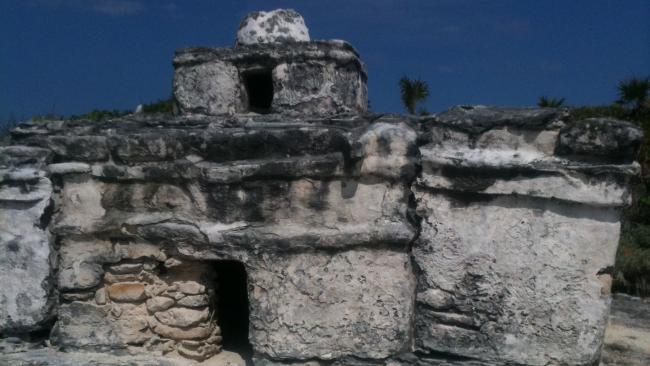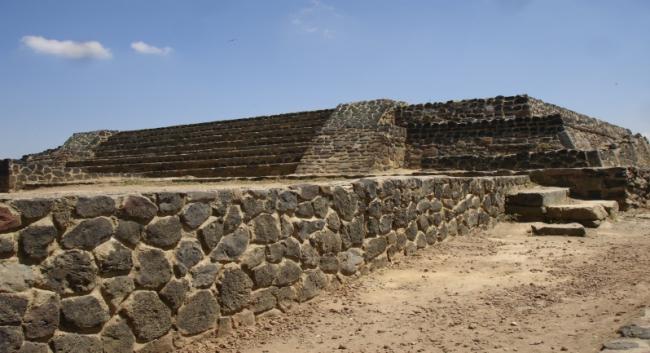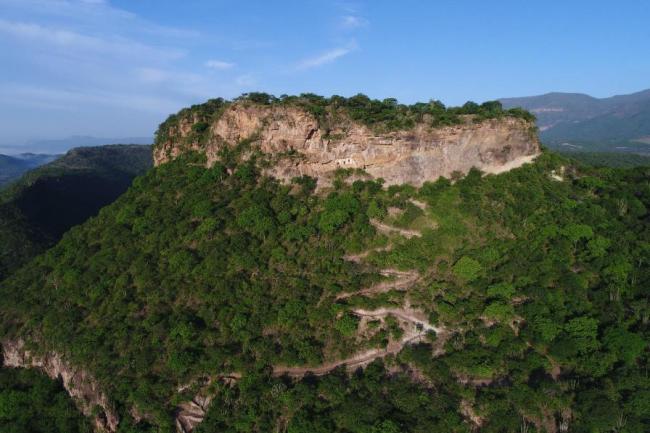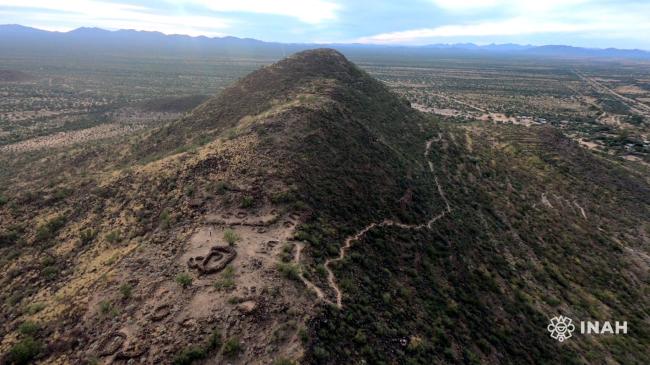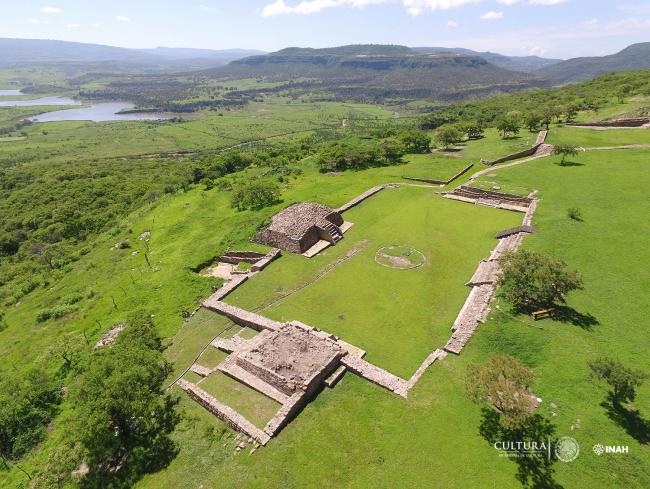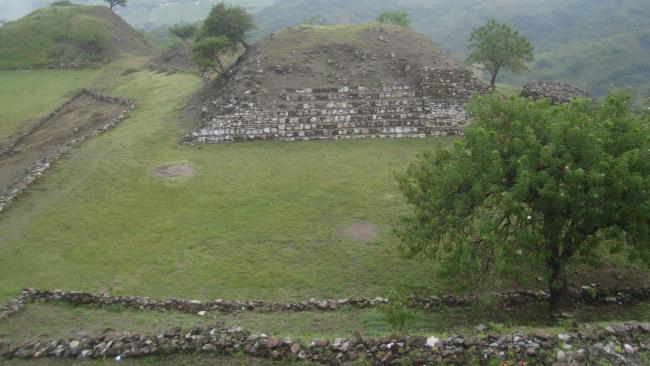
Zonas Arqueológicas
Calica
The land, owned by the modern industrial quarry, is the site of various discoveries of settlements dating back to 300 BC, notably Casa Azul (Blue House), with a fantastic mural of the Mayan cosmos, the “P” group of Xcaret and the Temple of the Columns.
Calixtlahuaca
The prosperous city of Matlazinca, between the Mexica empire and the Purépecha zone of influence. Conquered by the Mexicas in 1474, the remains date from this period. Notable for the rounded bases of the Temple of Ehecatl-Quetzalcoatl, with its tzompantli (wall of skulls).
Cañada de la Virgen
The seat of a religious and calendar-based domain for agricultural systems and trade routes. Its principal constructions were designed as observatories, such as the House of the Thirteen Skies and the House of the Longest Night, which relates to the winter solstice.
Cantona
A vast fortified pre-Hispanic city which controlled the trade route between the high central plateau and the Gulf of Mexico. Everything about it is extraordinary: the acropolis, the plazas, districts, approximately 4,000 interconnected streets and numerous ballcourts. Its skilled craftsmen…
Caracol - Punta Sur
In the main ecological reserve of the island of Cozumel, off the Caribbean coast of Mexico, there is a temple whose roof ends in the shape of a shell, decorated with four rows of shells stuck into the stucco. This unique decoration makes it worth a visit.
Castillo de Teayo
An ancient Huastec town, one of the most important sites on the Gulf of Mexico, its material remains show the influence of Maya, Toltec and Mexica cultures, at different stages of its history. It has a magnificent pyramid topped by a temple.
Cempoala
This powerful Totonac capital once dominated a large area of present day Veracruz and the north of the state of Puebla. Temples, palaces, plazas and fortifications testify to its importance as a political and religious center. Subjugated by the Mexica empire, it allied itself with Hernán Cortés…
Cerro de la Estrella
The slopes of the hill where the hacienda was located had been inhabited from the earliest times, and the settlement grew in importance as the site of New Fire ceremonies, believed to revive the sun at the end of the cycle. It was celebrated every 52 years with ceremonies held in 1351, 1403,…
Cerro de Las Ventanas
The majestic Cerro de las Ventanas rises close to the southern end of the Juchipila Canyon. It was named after the pre-Hispanic remains found in a rock shelter under the mountain’s highest crag. The shelter has a stone wall covered in clay with a few holes which look like windows from a distance…
Cerro de Trincheras
Twelve centuries ago, a mountain enabled a thousand farmers, craftsmen and leaders to establish a city in the Sonora desert. They levelled out more than 900 hillside terraces, raised walls of river stones, built a plaza on the peak and marked out a shell form. Its traces still remain.
Cerro del Teúl
Archeologists discovered the first signs of settlement in the state of Zacatecas on the top of a hill. The site was occupied for more than 1,600 years without interruption. The techniques used in the buildings point to great expertise in hydraulic engineering and the skillful use of the natural…
Cerro la Campana (Huijazoo)
An ancient Zapotec city whose Tomb 5 contained a plethora of symbols and beautiful figures, considered one of the finest examples of funerary art in ancient Mexico. It has a rich array of religious buildings from 300 and 800 AD when the city was flourishing.

